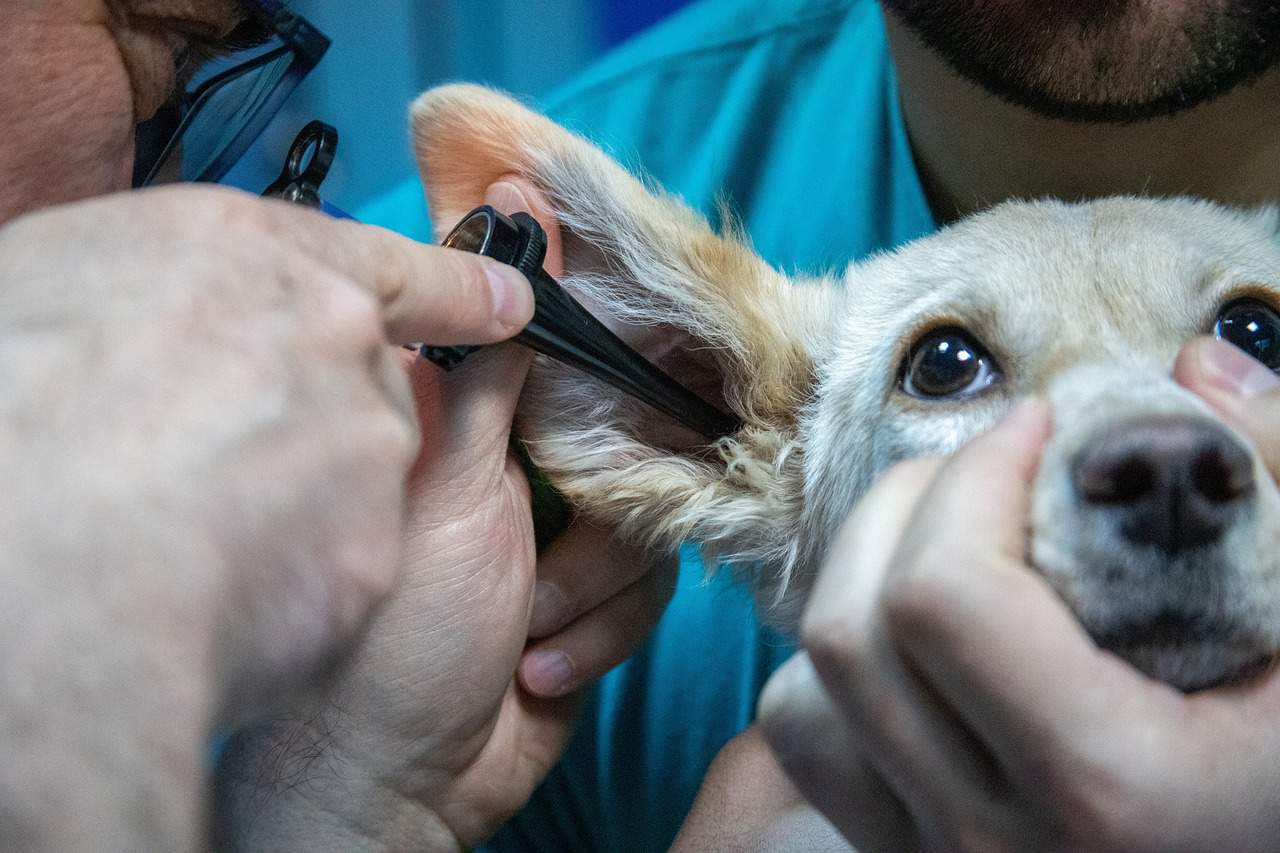
When people bring their beloved pets to your veterinary clinic, you’ll undoubtedly need a vet tech and/or vet assistant. That is, you will unless you plan on handling it all solo!
But still, vet tech vs. vet assistant: Which do you hire?
What they’re capable of doing — and how much you pay them — factors in strongly. Depending on your clinic’s size and scope, you certainly may need both.
Let’s look at the differences between the two roles and how a veterinary virtual assistant could be of serious benefit to your practice.
[Related: Considering Using AI in Your Healthcare Practice? Here’s Where To Start]
Vet Assistant vs. Vet Tech: What Are Their Responsibilities?
Both vet assistants and vet techs help handle pets in your clinic. They also both interact with pet owners (aka clients) and assist veterinarians with daily duties.
However, a vet tech participates in medical tasks, while a vet assistant does not. In that vein, a vet tech requires formal certification, unlike vet assistants.
What a Vet Assistant Does
A vet assistant has broader responsibilities than a vet tech. These are some of the duties vet assistants handle:
- Picking up, moving, and restraining pets
- Speaking with clients
- Cleaning and maintaining kennels
- Walking and grooming pets regularly
- Answering phone calls
- Handling billing
- Scheduling, rescheduling, verifying and canceling appointments
- Logging patient (in this case, pet patient) and client information, both manually and digitally
In short, a vet assistant has a wide skill set that includes administrative as well as hands-on tasks.
What a Vet Tech Does
As we noted earlier, a vet tech undergoes training (usually a two- or four-year degree) to become certified. They work closely with veterinarians and pets in the medical area. These are a few of the duties vet techs perform:
- Collecting specimens
- Conducting medical and diagnostic tests
- Preparing equipment, rooms and pets for surgery
- Assisting vets with surgeries, tests and diagnostics
- Recording patient health histories
- Taking and developing X-rays
- Advising clients about pet health and follow-up visits
- Supervising other staff members, including vet assistants
Essentially, a vet tech acts for a veterinarian like a nurse acts for a physician. They have specialized duties that don’t generally include routine office tasks.
[Related: How Patient Journey Mapping Revolutionizes Your Healthcare Experience]
Vet Tech vs. Vet Assistant: Salary Stats and Labor Demand
If you need more help with intake and office work, a vet assistant is likely your better choice. But a vet tech should serve you well if you need technical, care-centric assistance.
Of course, the vet tech vs. vet assistant salary amount is a major consideration, especially if your clinic is new or cutting costs.
Here are the average numbers for each role:
- A vet assistant earns $34,490 annually on average in the U.S., as of 2022.
- A vet tech earns $40,770 annually on average in the U.S., as of 2022.
But please note these salaries vary sizably by state. For example, in Connecticut and California, a vet assistant may make $40,000 to $50,000. In California and Washington, a vet tech can earn up to $60,000.
Additionally, the demand for both vet assistants and vet techs is high. The U.S. Bureau of Labor Statistics notes demand for vet assistants should grow by 19% by 2031. And the need for vet techs is close, rising by 20% by 2031.
Odds are that you’ll need to hire one or both at your veterinary clinic. How do you balance the books?
That’s where a veterinary virtual assistant is a lifesaver.
[Related: Virtual Medical Scribe: What You Need To Know]
What a Veterinary Virtual Assistant Does
A virtual assistant is a phone, text and chat tool that works via cutting-edge artificial intelligence (AI). An AI-trained veterinary virtual assistant uses natural language processing (NLP), and it’s ideal for intuitively taking over office tasks:
- Answering calls
- Responding to missed calls
- Acting as a chatbot
- Scheduling and sending mass texts
- Scheduling, rescheduling, canceling and verifying appointments
- Transcribing interactions and documents
- Automating patient workflows
- Boosting patient (client) engagement
Ultimately, a veterinary virtual assistant is a cost-saving alternative to an additional real-life vet assistant. It also boosts productivity by streamlining data-laden labor. In turn, your real-life vet assistant has much more time to care for patients and interact with clients.
Overall, you grow your practice, save time and money and better connect to clients with a virtual assistant.
[Related: How To Run a More Efficient Practice With a Virtual Healthcare Front Office]
The Advantages of a Veterinary Virtual Assistant
Let’s say you need one vet tech to help you with patients’ medical care. At the same time, you need at least one vet assistant to be the face of your clinic and to perform administrative work.
And let’s acknowledge it: The office tasks vet assistants must handle pile up quickly — especially if your clinic is bustling.
A veterinary virtual assistant doesn’t simply pick up the slack — it speeds processes. Even better, a virtual assistant’s yearly cost is equal to (or less than) a human vet assistant’s monthly pay!
Contact Wendi for Your Veterinary Virtual Assistant
Veterinary assistant vs. vet tech vs. veterinary virtual assistant: Which seems like the right combination for you? The solution is unique to your clinic, but a virtual assistant is clearly a smart option.
At Wendi, we provide that option. Our leading virtual healthcare assistant technology shoulders the tedium so you and your staff can focus on specialized work.
Ready to free up your time? Meet Wendi, contact us and schedule a free demo!
Featured image via Pixabay






